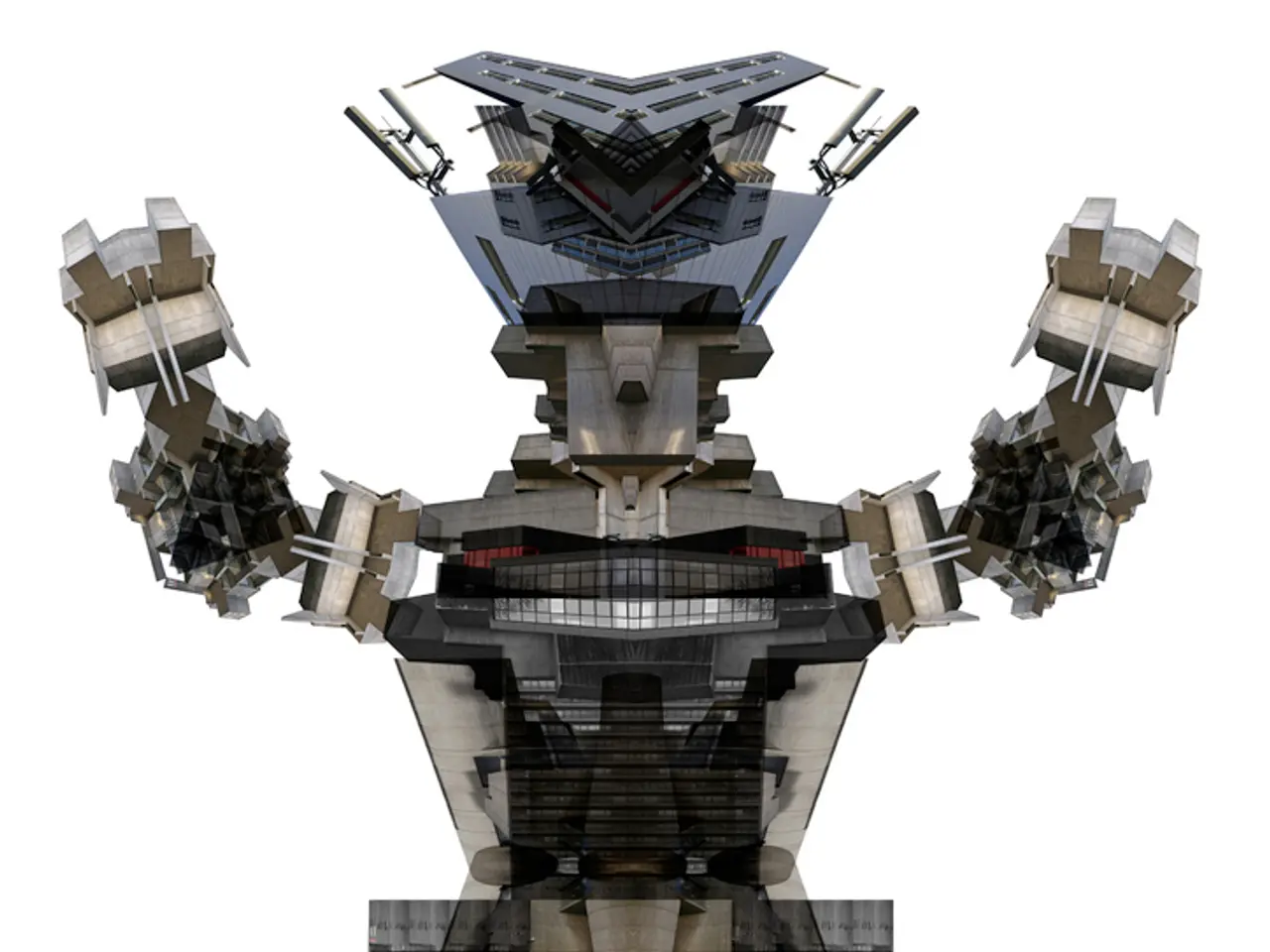China Researcher Develops Humanoid Robot with Artificial Womb, According to Reports on Pregnancy Technology
In an exciting development, a pregnancy robot is being developed in China by doctoral researcher Zhang Qifeng from Kaiwa Technology in Guangzhou. This humanoid machine, designed to replicate the entire process of human reproduction, from conception to childbirth, is set to revolutionise the field of artificial womb technology.
The pregnancy robot, unlike traditional incubators, is equipped with an abdominal cavity that functions as a womb. It is designed to sustain a fetus for the full gestation period of approximately ten months before delivering the baby. Zhang Qifeng, in an interview published on the Chinese science and technology platform Kuai Ke Zhi on August 8, stated that the technology behind the artificial womb has reached an advanced stage.
The artificial womb system utilises a chamber filled with synthetic amniotic fluid for fetal development. Nutrients are supplied to the fetus through a connecting tube. In 2017, a similar experiment was conducted at the Children's Hospital of Philadelphia, where a premature lamb was kept alive in an artificial womb called a 'biobag'. After four weeks, the lamb developed wool, demonstrating the system's effectiveness.
Promising outcomes have been achieved in animal trials using the artificial womb technology. The estimated retail cost of the pregnancy robot is about 100,000 yuan. However, no further information about its availability or distribution has been provided. The next step in the development of the pregnancy robot is integrating the artificial womb system into it.
A prototype of the pregnancy robot is expected to be unveiled next year. While this development is a significant step forward, it is essential to approach such advancements with caution and ethical consideration. The potential benefits of this technology for high-risk pregnancies and the development of premature infants are undeniable. Yet, the implications for human reproduction and the societal and ethical questions that arise from it require thoughtful discussion and careful consideration.








